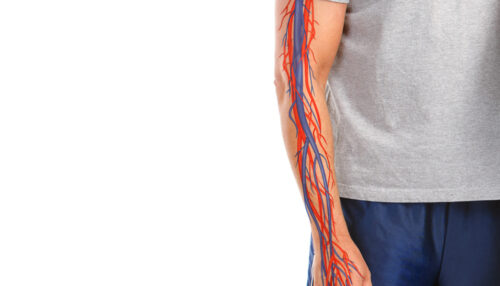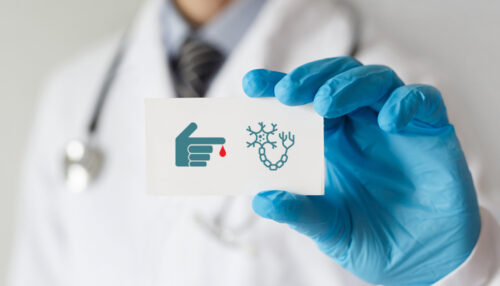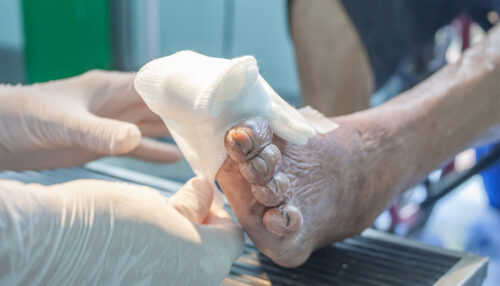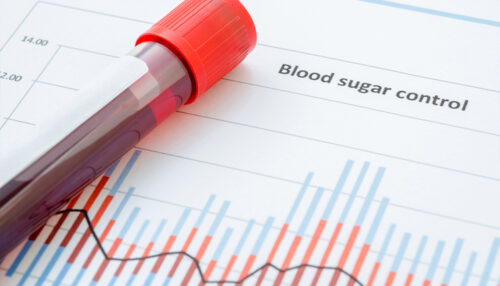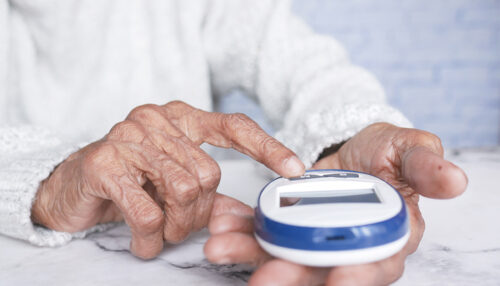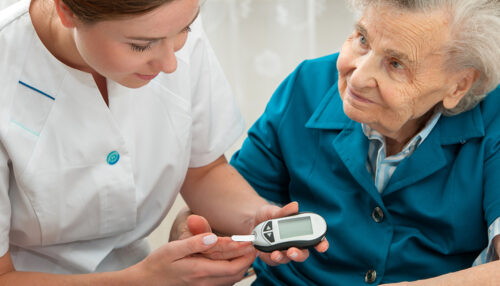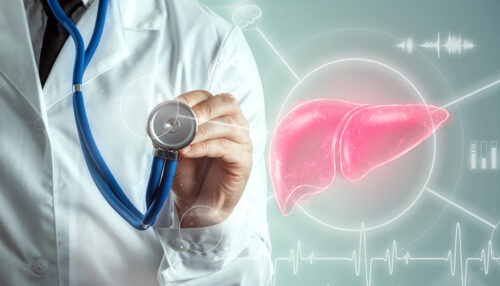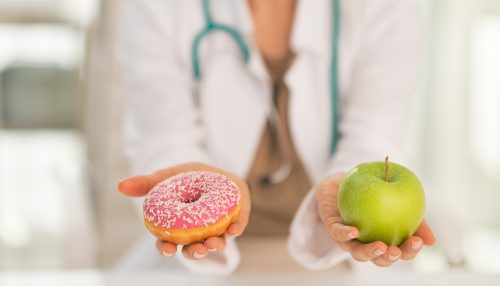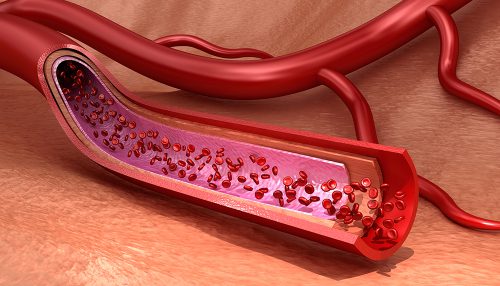
Arterial stiffness is a very serious health problem that can lead to dangerous consequences. Hypertension, coronary heart disease, myocardial hypertrophy, heart failure, diabetes, hypercholesterolaemia or atherosclerosis are widely known consequences, with stroke and myocardial infarction being the most feared. Among the treatment methods, the importance of prevention is emphasised, reducing the risk of pathology and […]

